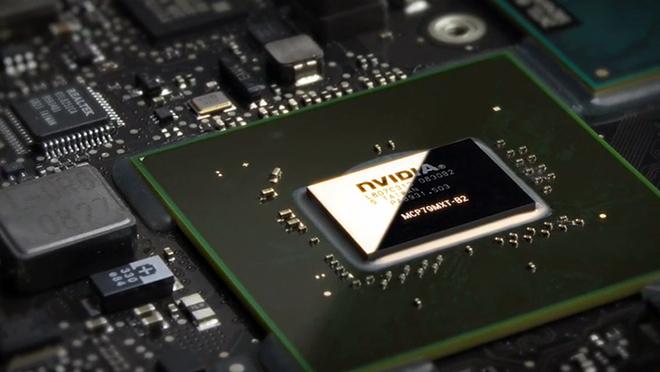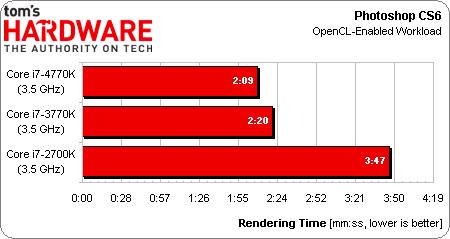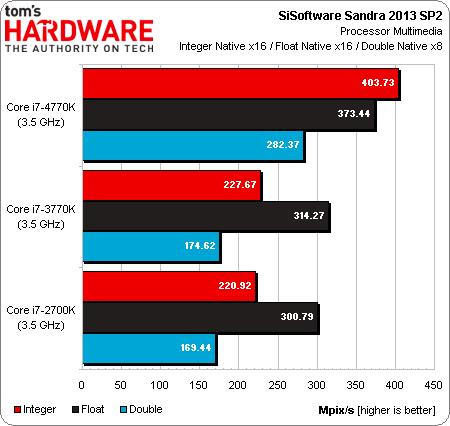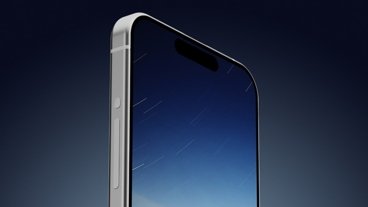Computing industry observers got a glimpse of the future from two processor makers on Tuesday, as Nvidia revealed its GPU product roadmap and Intel showed off benchmarks of the forthcoming "Haswell" microarchitecture.
Speaking at the GPU Technology Conference in San Jose, Nvidia CEO Jen-Hsun Huang said the company's 2016 release, dubbed Volta, will leverage stacked DRAM technology to deliver 1 terabyte per second of memory bandwidth, according to Forbes. Nvidia didn't provide a firm price tag or release date, aside from a 2016 window, at the event.
"Volta is going to solve one of the biggest challenges facing GPUs today," Huang said, "which is access to memory bandwidth. We never seem to have enough."
Volta will be able to reach these speeds by stacking DRAM on top of the GPU, with a silica substrate separating them. By then drilling through the silicon, Nvidia connects the two layers. The result is a GPU capable of moving the equivalent of a full Blu-Ray disc in 1/50th of a second. By comparison, the company's current high-end graphics card, "The Titan," can handle about 288GB per second, a bit more than a quarter of Volta's projected capability.
Meanwhile, Tom's Hardware recently acquired an early sample of Intel's upcoming Core i7-4770K Haswell chip and put the silicon through its paces. They found Haswell to boast significant improvements over existing Sandy Bridge-based processors in floating point performance, as well as Integer tests.
Other performance measures, such as an OpenCL-enabled workload in Photoshop CS6 or compressing a 1.3GB folder of mixed files in WinZip, showed Haswell slightly outperforming its predecessor, a result attributed to additional EUs, more bandwidth, and higher IPC.
The Haswell architecture, according to a document leaked late last year, is expected to show up in iMacs later in 2013. On the high end, the Core i7-4770K processor will run at a base frequency of 3.5GHz, with 8MB of memory.
The 2013 Haswell lineup includes a total of six "standard power" desktop processors, with two of them being more powerful Core i7 models. Also listed are eight "low power" processors that include three Core i7 variations.
 Kevin Bostic
Kevin Bostic









-m.jpg)






 Andrew Orr
Andrew Orr
 Amber Neely
Amber Neely
 Marko Zivkovic
Marko Zivkovic
 William Gallagher and Mike Wuerthele
William Gallagher and Mike Wuerthele



 Mike Wuerthele
Mike Wuerthele









112 Comments
Let's hope that Apple comes out with a Haswell-equipped Mac Pro with unbuffered RAM, Thunderbolt, USB 3 and a lower price tag than what they are offering now. Oh, having more GPU selections would be good. Graphic designers, photographers, audio/video specialists don't need every bit as correct as scientists require.
[quote name="zoffdino" url="/t/156562/intel-nvidia-show-off-next-gen-silicon-potentially-bound-for-apples-future-macs#post_2297121"]Let's hope that Apple comes out with a Haswell-equipped Mac Pro with unbuffered RAM, Thunderbolt, USB 3 and a lower price tag than what they are offering now. Oh, having more GPU selections would be good. Graphic designers, photographers, audio/video specialists don't need every bit as correct as scientists require.[/quote] I think you're out of luck with unbuffered RAM.
What's the benefit of unbuffered ram?
And the price... I would love to see us return to the days of sub $2000 Mac Pro (at that time, PowerMac), but I'm not holding my breath.
I love the iMac, minus the tangled mess of wires you have if you have a few external hard drives, media reader, etc. Also, I would much rather have two 22" screens vs. one 27" screen.
Let's hope that Apple comes out with a Haswell-equipped Mac Pro with unbuffered RAM, Thunderbolt, USB 3 and a lower price tag than what they are offering now. Oh, having more GPU selections would be good. Graphic designers, photographers, audio/video specialists don't need every bit as correct as scientists require.
Haswell Xeons will probably be released in 2015. Never expect the newest generation of chips in Mac Pro's. They'll always hit portables and regular desktops first.